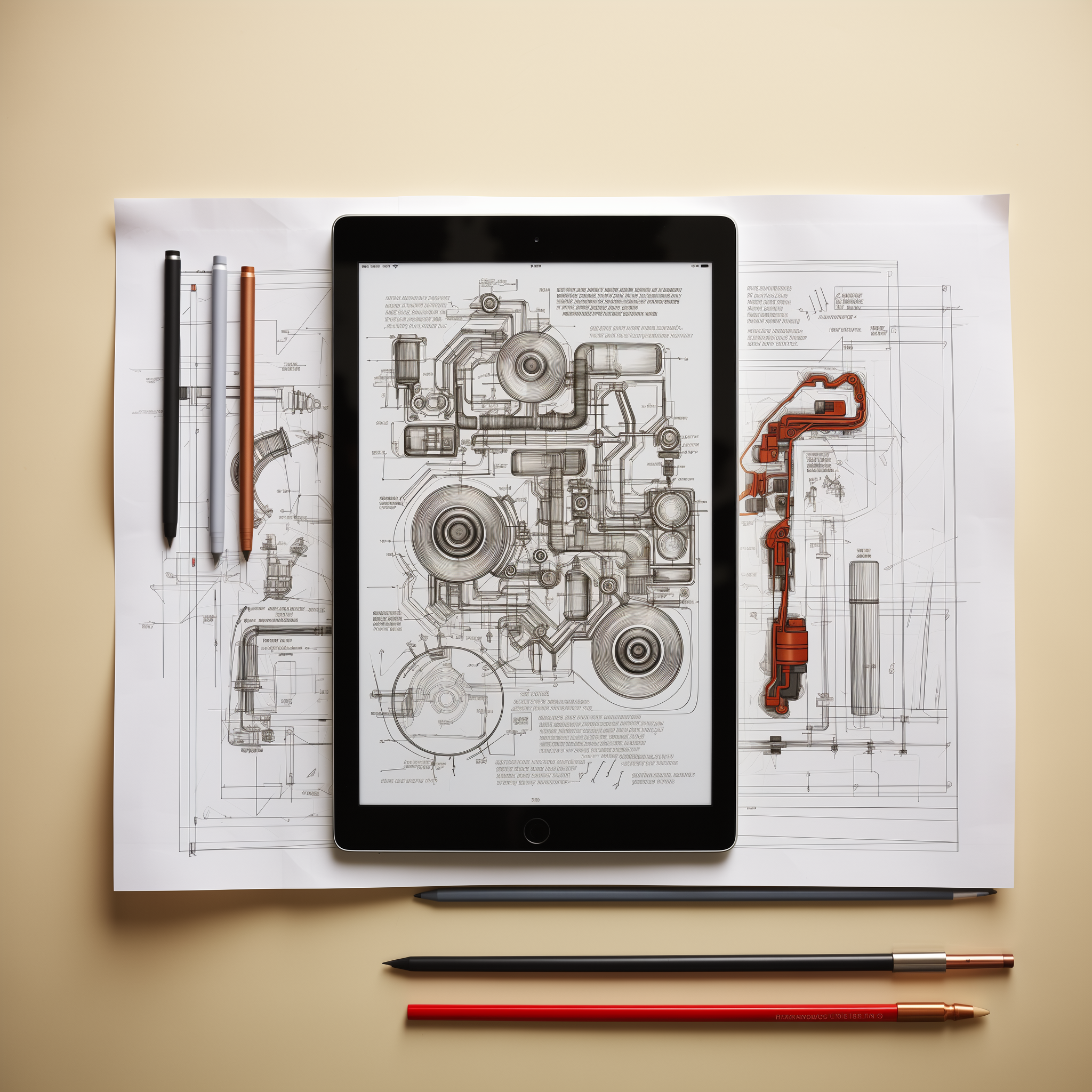Getting Started with Design Thinking: A Guide to Innovative Problem-Solving
Explore the transformative power of design thinking with our beginner-friendly guide. Delve into the five stages for innovative problem-solving.

Imagine transforming the way you approach problems, turning obstacles into opportunities for innovation. This is the essence of design thinking, a methodology that combines empathy, creativity, and rationality to solve complex issues. In this post, we’ll explore the basics of design thinking and how you can apply its principles to enhance your problem-solving skills.
Design thinking has its roots in industrial design but has evolved into a universal problem-solving technique applicable in various fields. It’s an approach that prioritizes understanding the user's needs and experiences. As businesses and organizations face increasingly complex challenges, design thinking offers a structured yet flexible framework for creative and effective solutions.
Understanding the Five Stages of Design Thinking
Design thinking can be broken down into five stages: Empathize, Define, Ideate, Prototype, and Test. Each stage plays a crucial role in understanding the problem and crafting innovative solutions.
Understanding Your Users: The Empathy Stage
Design thinking starts with empathy, the backbone of the entire process. This stage is all about getting into the shoes of your users and truly understanding their experiences and challenges. How? By engaging directly with them. Conduct interviews, observe them in their natural settings, and immerse yourself in their world. The goal is to gather rich, qualitative data. Picture an empathy map, where you plot out what users say, think, do, and feel. This deep dive into their lives provides the insights necessary to drive the rest of the design thinking process.
Defining the Problem: The Clarity You Need
Once you've empathized with your users, it's time to define the problem you're solving. This stage is crucial; it's where you distill your observations into a clear, actionable problem statement. Analyze your findings from the Empathy stage. What are the core issues and needs of your users? The Define stage helps you articulate the challenge not just as a general problem, but as a human-centered one. It's about framing the problem in a way that invites creative solutions.
Ideation: Unleashing Creativity
With a clear problem statement in hand, you now enter the Ideation stage. This is the brainstorming phase where no idea is too "out there." It's a judgment-free zone aimed at generating a diverse array of solutions. Techniques like mind mapping, sketching, or using the SCAMPER method (Substitute, Combine, Adapt, Modify, Put to another use, Eliminate, Reverse) can help spark creativity. Remember, the goal here is quantity over quality – you're looking to explore as many avenues as possible.
Prototyping: Bringing Ideas to Life
Ideas are just concepts until they're made tangible, and that's where prototyping comes in. This stage involves creating quick, low-fidelity versions of your ideas. Think of it as a series of experiments to test parts of your solutions. Prototypes could range from simple sketches to interactive models. The key is not to seek perfection but to learn by doing. This hands-on approach allows you to understand how your ideas fare in the real world and make adjustments as needed.
Testing: Learning and Refining
Finally, the Testing stage is where your prototypes meet real users. It's all about gathering feedback and learning what works and what doesn’t. Observe how users interact with your prototypes, listen to their feedback, and note what needs improvement. This stage might reveal that you need to revisit earlier stages, and that's perfectly fine. Design thinking is iterative, and each cycle through these stages deepens your understanding and refines your solutions.
How to get started:
To get started with design thinking, begin by applying the five stages to a simple project or challenge within your organization. Encourage a culture of empathy, embrace brainstorming sessions, and don't shy away from rapid prototyping and testing. Practical exercises, like empathy mapping or rapid ideation workshops, can kickstart the process.
Conclusion
In conclusion, design thinking isn’t just a methodology; it's a journey towards innovation, deeply rooted in empathy and creativity. It transforms how problems are approached, opening up a world of possibilities for innovative solutions. Whether you're just starting out or looking to refine your skills, the journey through these five stages can be both enlightening and rewarding.
But navigating this journey can be challenging without the right guidance. That's where we come in. Our team of experienced design thinkers is here to help you harness the power of this transformative approach. We can guide you through each stage, from empathizing with your users to testing and refining your ideas. Whether it's a workshop, a collaborative project, or personalized coaching, we're here to support your creative journey.
If you’re ready to unlock the full potential of design thinking and bring your innovative ideas to life, we’d love to hear from you. Get in touch with us today, and let's create solutions that truly resonate with your users and stand out in the marketplace.


